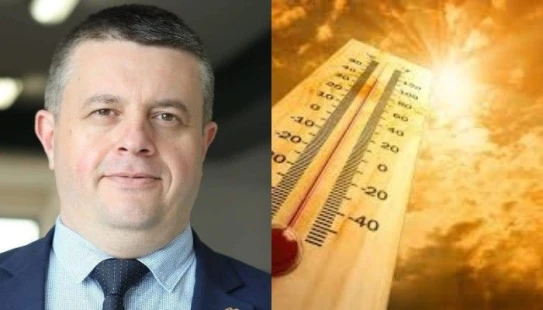Every year between November 8 and 22, the asupic flow of the Leonids is observed, with slight variations in the maximum phase. The center of the Leonid ecliptic stream, which in astronomy is called the ecliptic stream radiant, is located in the direction of the Leo constellation, from where the name of this stream is derived. Director of Hydrometeorology and Monitoring Center Levon Azizyan wrote about this on his Facebook page.
"Tonight, the maximum phase of the Leonid meteor shower will be visible in the sky, and it will be possible to see 12-15 meteors in an hour. Stellar streams occur when the Earth, moving in its orbit around the Sun, meets a group of meteorites, as a rule, caused by comets, and the latter, penetrating the Earth's atmosphere at a high speed (several tens or hundreds of thousands of km/h), burn up and leave traces resembling "shooting stars".
The Leonids have a fairly high speed, averaging 72 km/s, and leave green trails in the sky. Their size can reach 9 mm and weight up to 85 grams.
The annual ecliptic flow of the Leonids is caused by the passage of the Earth through the remnants of comet 55P/Tempel-Tuttle, discovered in 1866. Although the Leonids are not as intense in normal years, every 33.25 years, when the Earth passes through the center of the meteorite cluster, there is a sharp increase in the number of asupes, and at that time the Leonid stream is the most abundant asupe stream, with more than 1,000 (sometimes up to 3,000) asupes per hour,” he wrote.

























